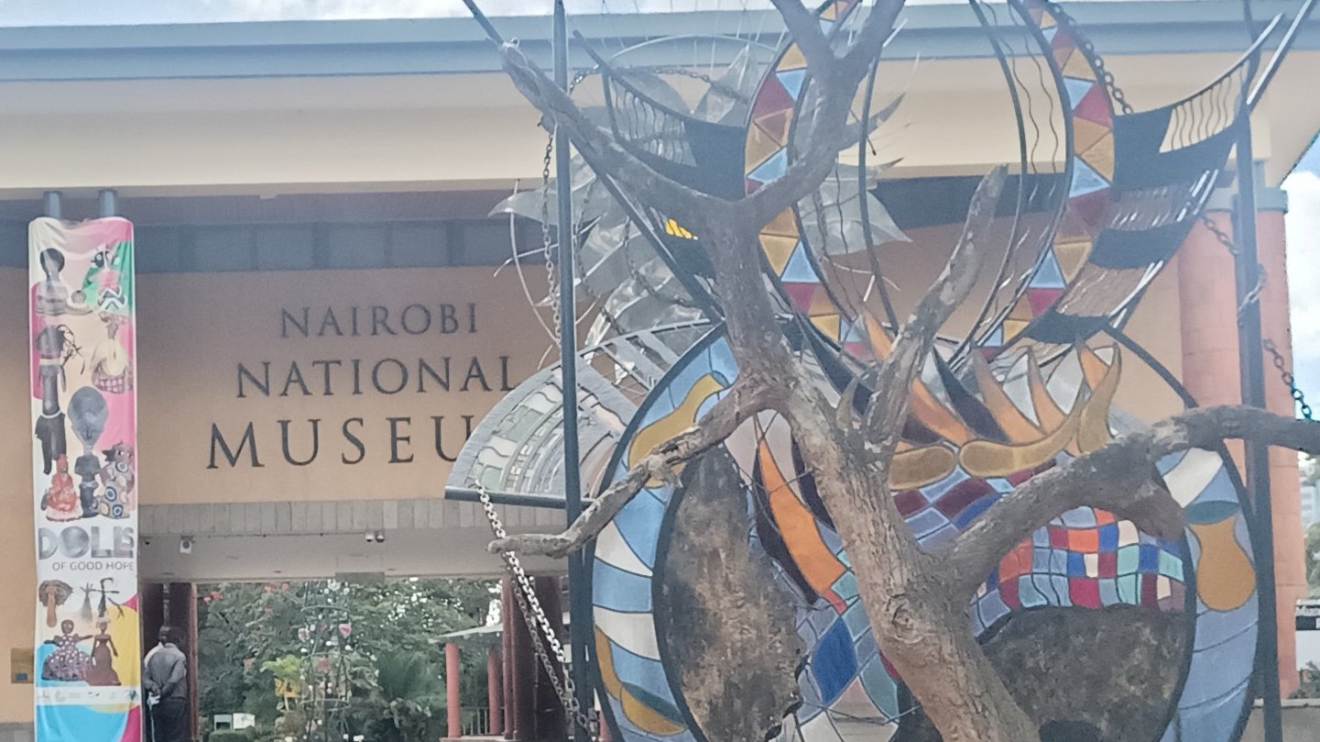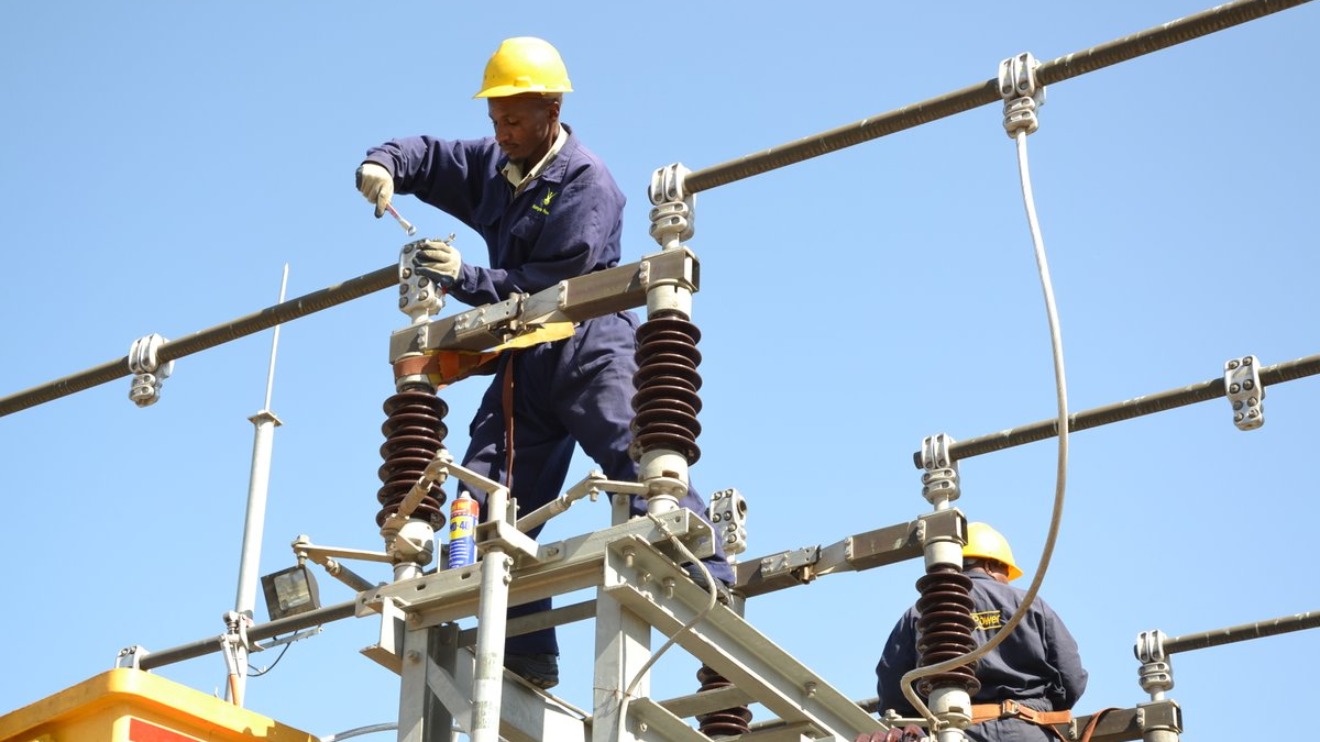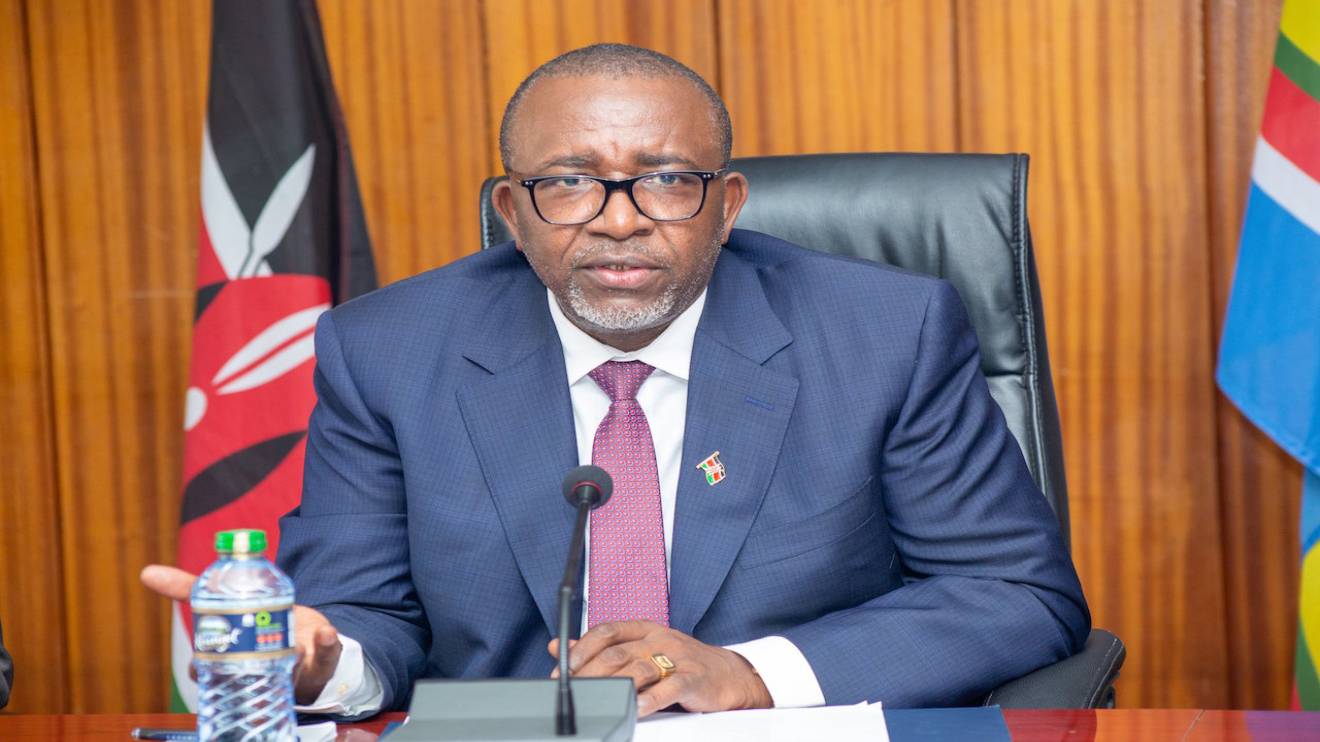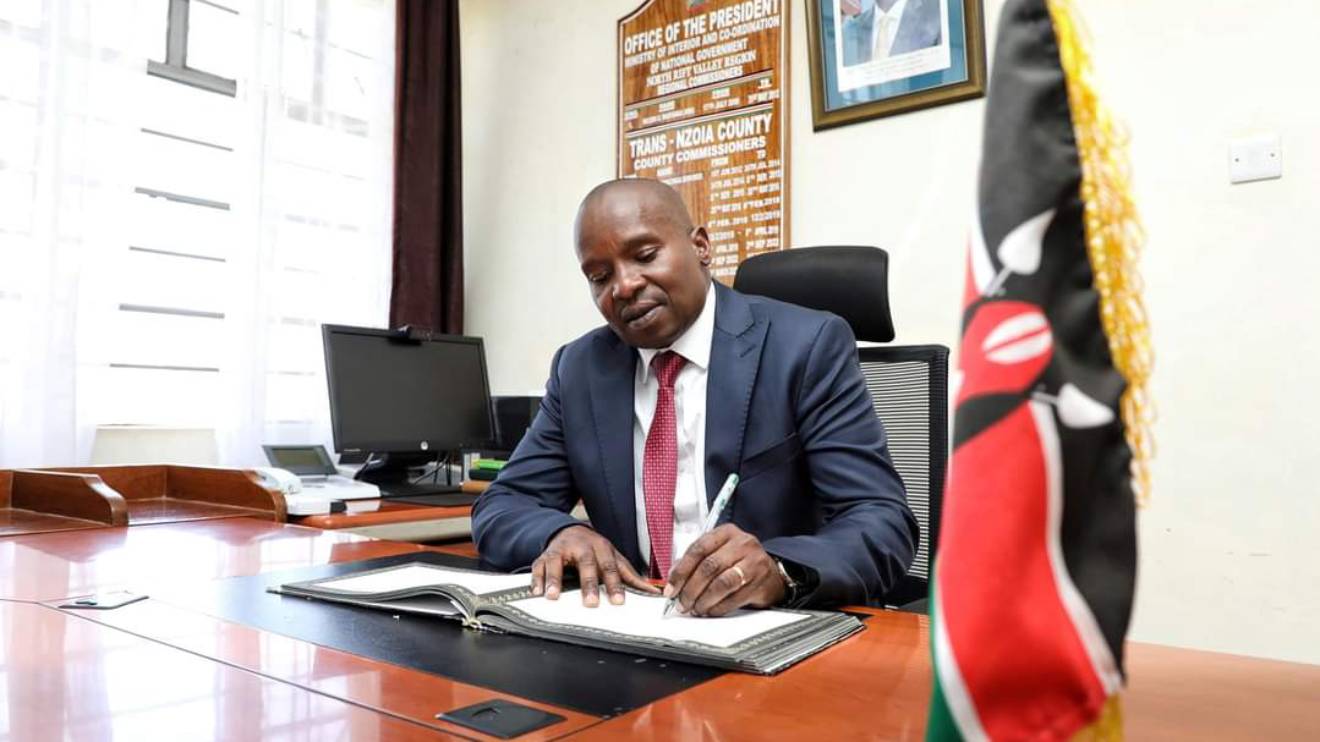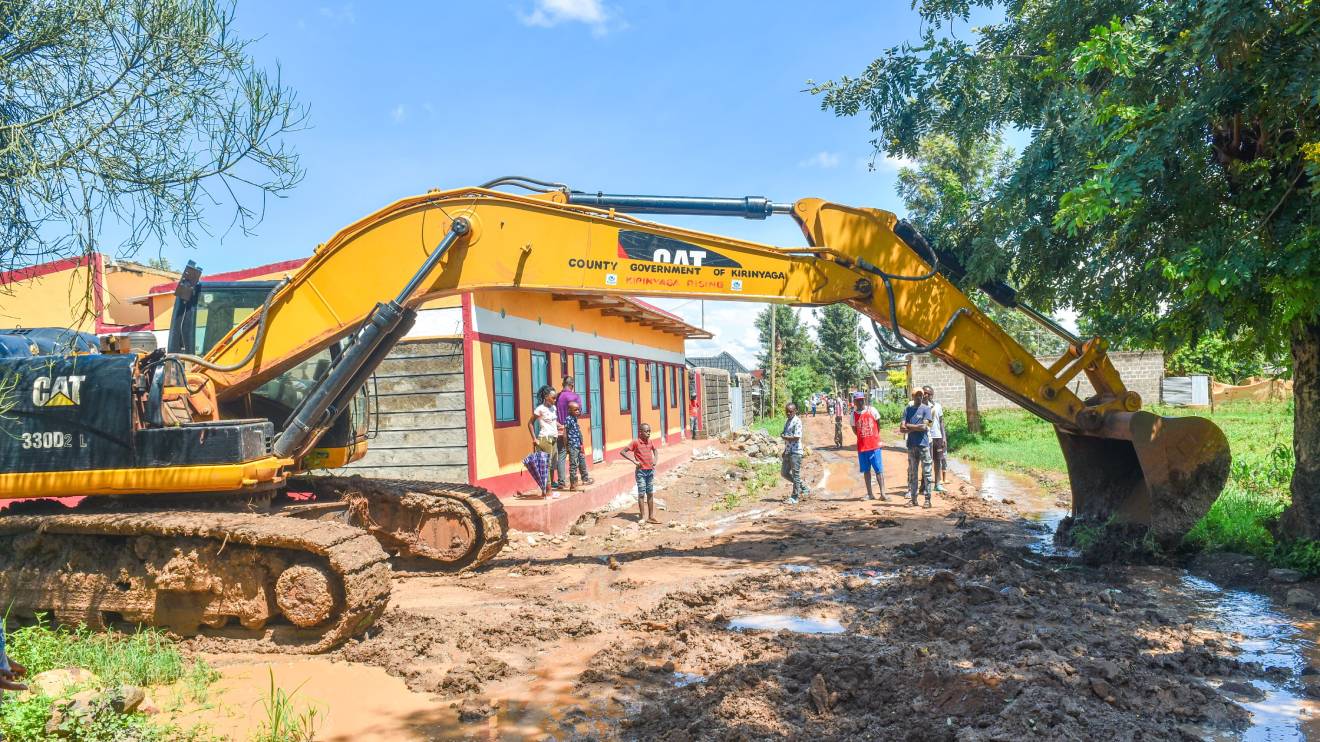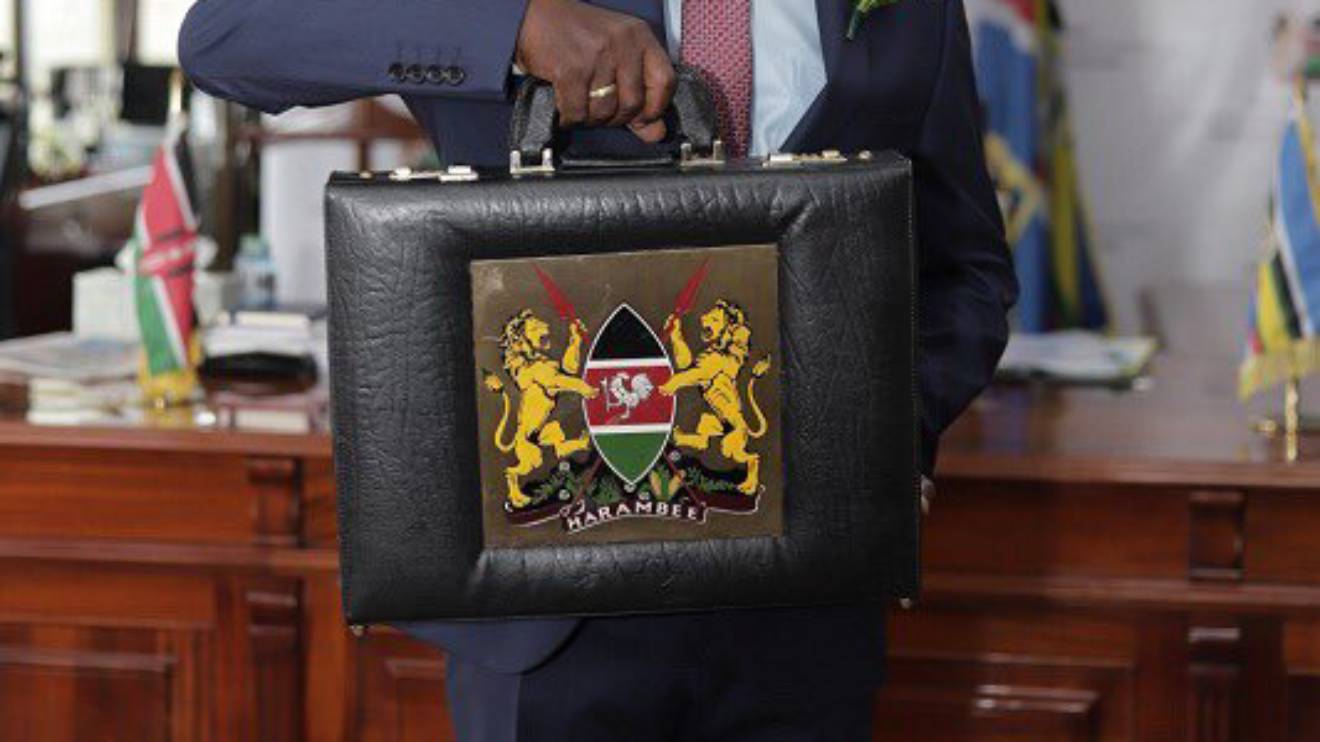The National Museums of Kenya (NMK) has unveiled a comprehensive plan to double museum entry fees over the next three years, marking the first significant adjustment in a decade.
The changes, outlined in the National Museums and Heritage (Admission Fees) Regulations 2023, aim to bolster internal revenue, reduce dependence on government funding, and address various economic challenges.
NMK's regulatory impact statement underscores the necessity of the proposed increase, stating, “The increased revenue collection would also enhance NMK’s financial sustainability and address emerging socio-economic issues such as inflation, increased dollar exchange rates, emerging government policies, and revenue volatility, among others.”
Under the new fee structure, Kenyan adults visiting the Nairobi National Museum will witness a gradual rise, starting at Sh200 and culminating in Sh400 in the third year. The initial hike will see a 50 per cent increase to Sh300 in the first year, followed by an additional 25 per cent to Sh350 in the second year.
Residents from the East African region, including adults, will experience a transition to dollar payments. After the three-year implementation cycle, they will pay $10 (Sh1,516) to access NMK facilities, up from the current Sh600.
Read More
Foreign visitors from outside the region will face an increased fee of $20 (Sh3,033) for the Nairobi National Museum, up from Sh1,200 at present.
NMK justifies the fee adjustments by highlighting the inadequacy of exchequer funding in meeting operational costs.
The organization, responsible for collecting, preserving, studying, and presenting Kenya’s past and present heritage, emphasizes the need for self-sustainability in line with government directives.
"The main source of funds for the National Museums of Kenya is the national government through the National Treasury. The government has also been advocating for State corporations to strive towards self-sustainability," notes NMK.
NMK further points out its underfunding, given competing demands for resources in critical sectors like education and health.
The current rates, last reviewed in the 2012/13 financial year, have been overtaken by factors such as rising conservation costs, exhibition development, utility bills, service provider emoluments, and insurance.
This move by NMK follows a trend of proposed cost changes by other government parastatals and ministries, including the Ministry of Lands and Kenya Railways.
The fee adjustments also extend to National Parks and Game Reserves, indicating a broader governmental approach to address financial sustainability across various sectors.
As NMK endeavours to secure its future financial standing, the impact on visitors and the cultural landscape of Kenya will undoubtedly be closely monitored in the coming years.

